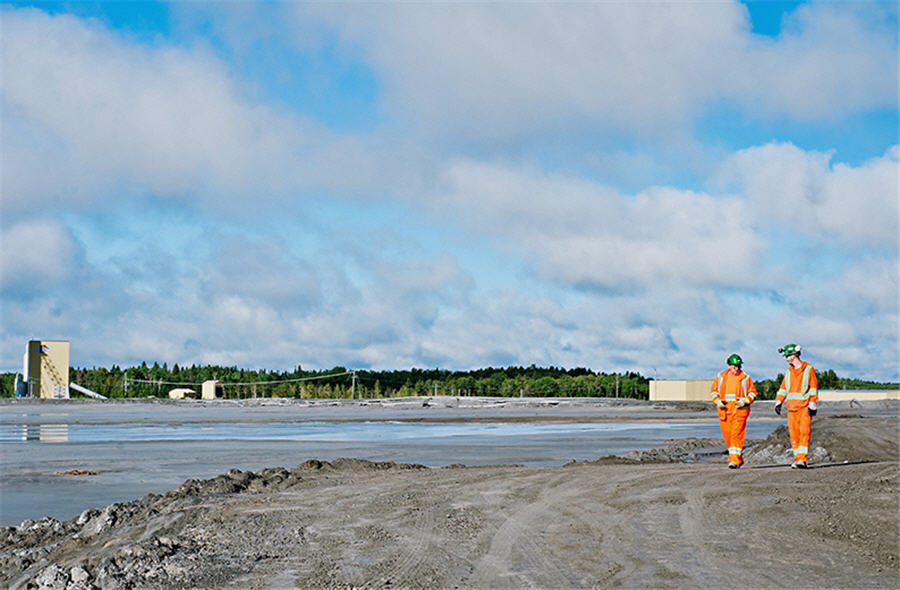
Kirkland Lake Gold (TSE: KL) wrapped up Q2 2019 with more gold, strong net earnings, revenue growth, and solid cash flow. Gold production in Q2 2019 was 214,593 oz., up 31% from 164,685 oz. a year earlier. At the same time, the all-in sustaining cost per ounce of gold sold was C$638, a drop of 16% from$757 per oz. in Q2 2018.
The second quarter of 2019 was positive in almost all measures. Net earnings were up 69% to C$104.2 million or C$0.50 per basic share. The company also experienced significant growth in EBITDA to C$185.8 million, up 50% from the same quarter of last year. Operating cash flow went up to C$178.4 million, a 48% increase. Capital spending pushed free cash flow down to C$53 million from C$60.7 million in Q2 2018 and record level C$93.1 million in Q1 2019. Cash at June 30, 2019, stood at C$469.2 million, a 13% jump from March 31, 2019, and a 41% jump from C$332.2 million at Dec. 31, 2018.
Kirkland Lake continues to spend on its growth projects: C$32.7 million at Macassa in Ontario and C$14.1 million at Fosterville in Australia. Full face sinking of the Macassa No.4 shaft is to begin in August. Phase one of the shaft project will be completed by Q2 2020. At Fosterville, spending will be for a new ventilation system, paste fill plant and new water treatment plant. The water plant will be operational in Q3 2019, and the other two complete by year end.
Exploration will continue to be a focus for the company, having spent C$44.4 million in Q2 2019. Most of the money –C $29.4 million – is earmarked to speed advanced exploration in Australia’s Northern Territory at the Cosmo mine that is currently on care and maintenance.
(This article first appeared in the Canadian Mining Journal)